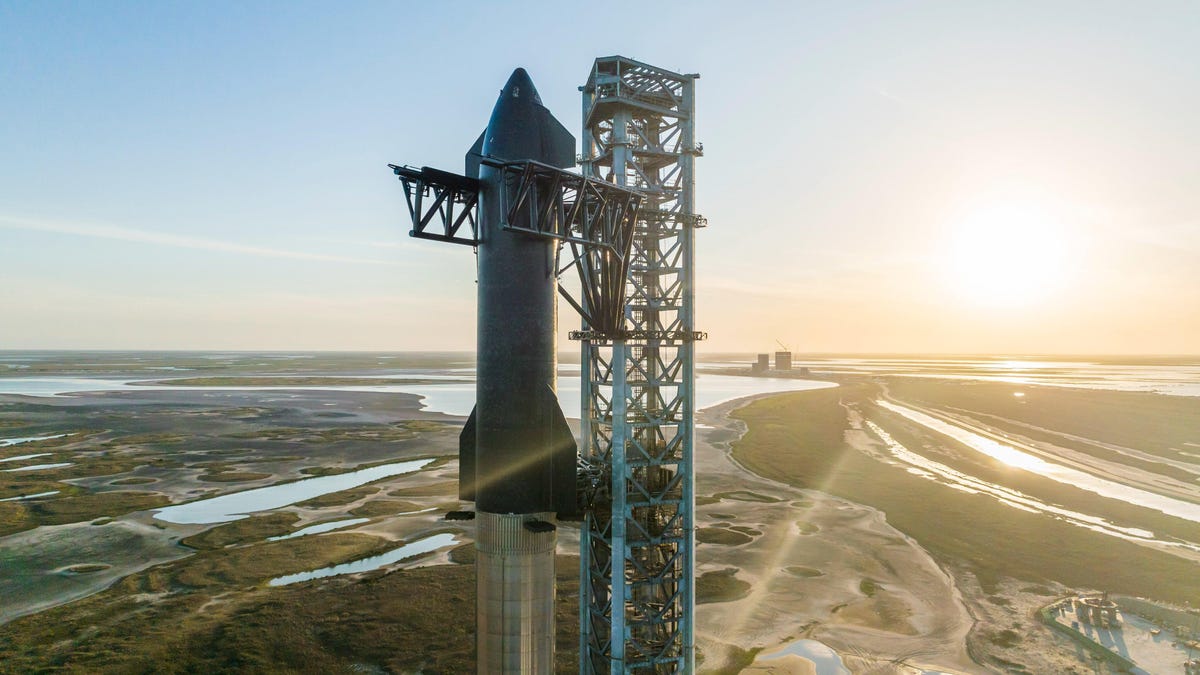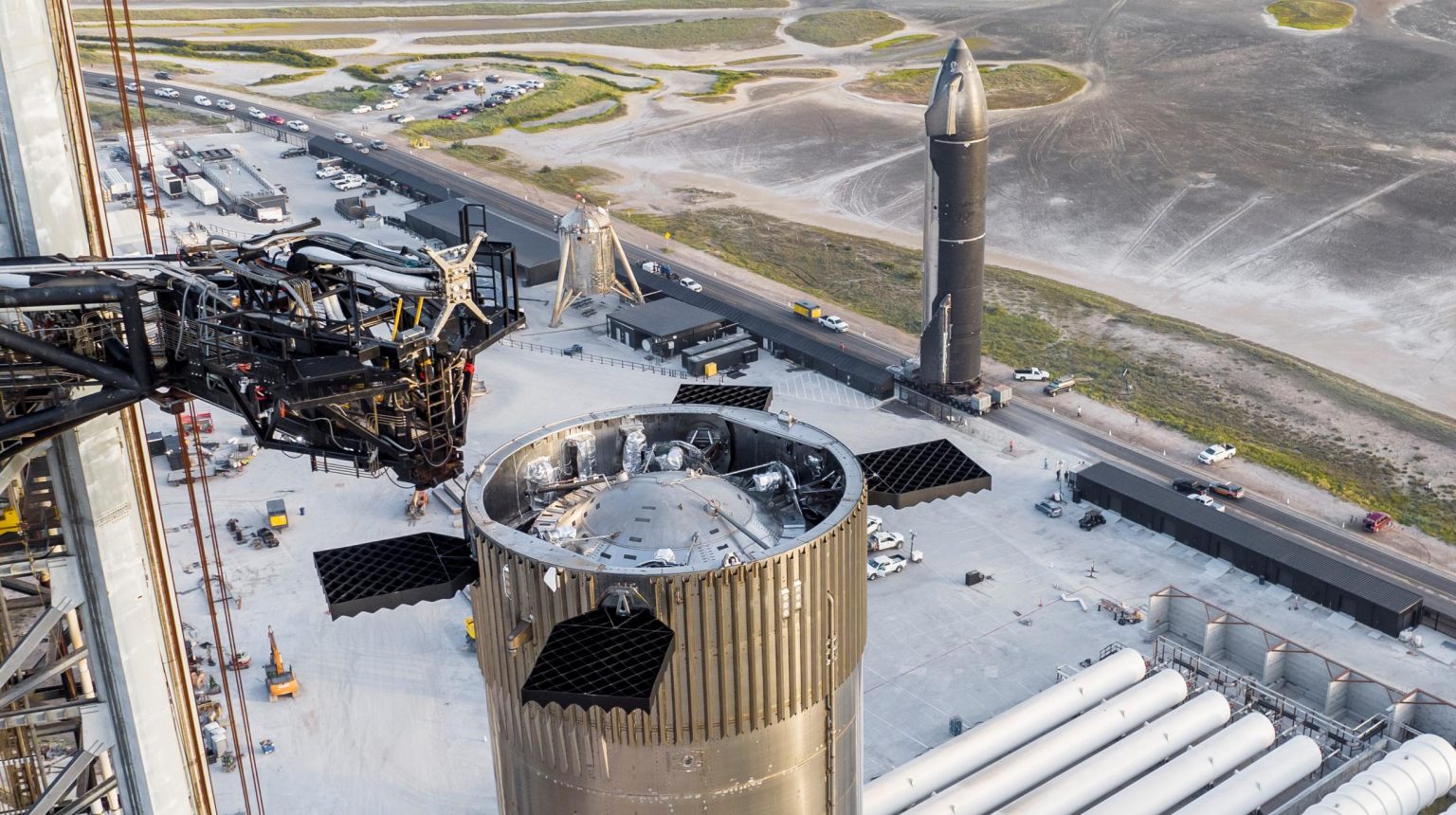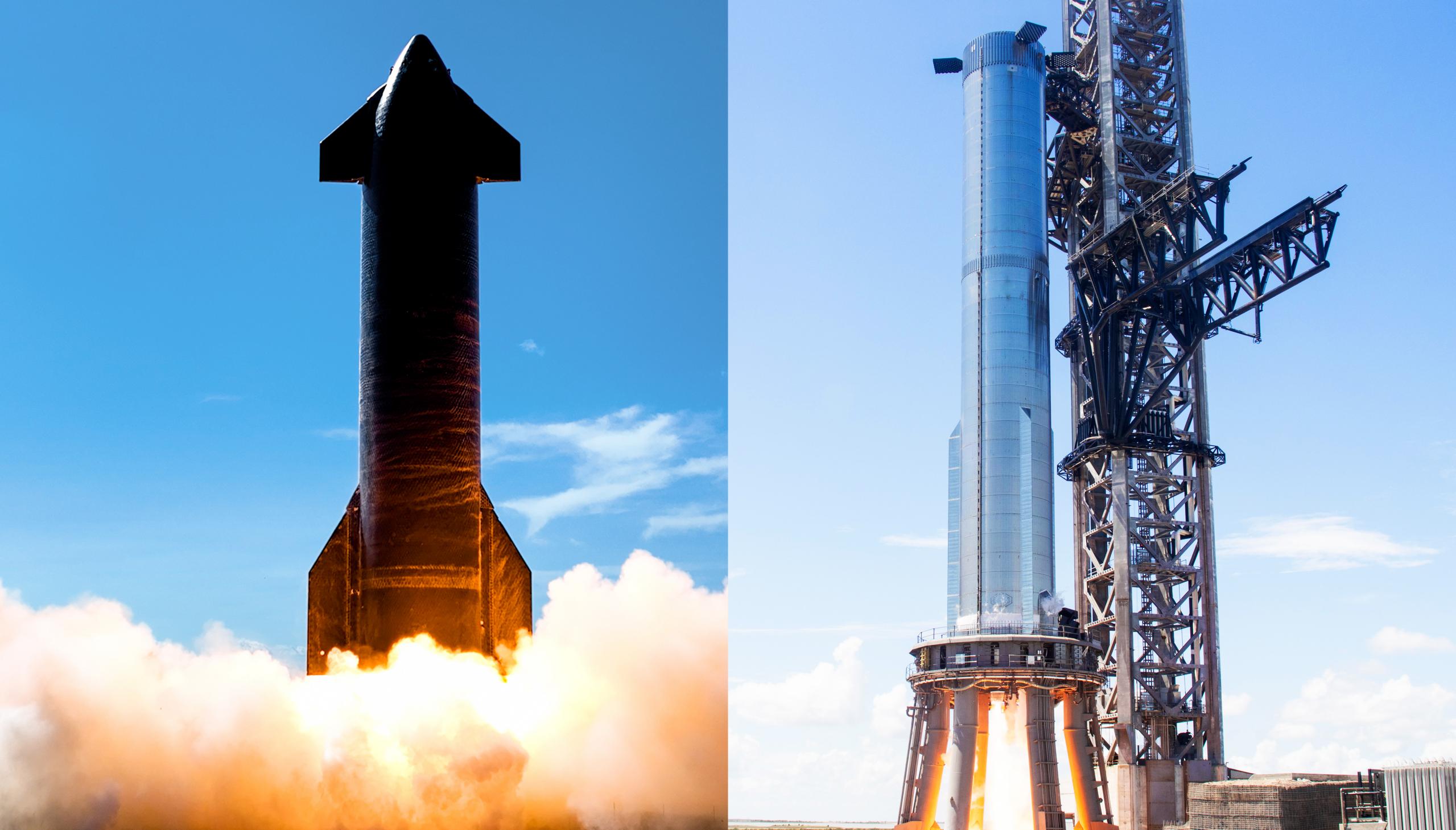Elon And SpaceX Has Set An Ambitious Goal For 2023. What Will Be Future Of Space Flight?
SpaceX has set an ambitious goal to construct five mega-rocket ships by the year 2023 at its Starship factory.
According to CEO Elon Musk, SpaceX's South Texas Starship is expecting to manufacture five two-stage mega rockets by 2023. Their Boca Chica, Texas facility started operations in 2018 and began the Starhopper testing in 2019. Last year and early this year saw the construction of components of their mega-rocket. the bones of the factory that exists today, relying heavily on several giant tents (“sprung structures”) similar to those used by Tesla. SpaceX has already begun the process of replacing those tents with larger, permanent buildings, but two of the original tents continue to host crucial parts of the Starship manufacturing process.
The manufacturing industry was a bit slower in 2022, possibly due to shifting equipment or activities to the completed section of the Star factory. However, primarily SpaceX devoted its efforts towards finishing and testing Starship S24. Super Heavy B7 – both stages of the latest vehicle meant to attempt Starship’s first orbital launch.
It wasn't until late 2022 that Ship 24 achieved a satisfactory level of proof testing. Booster 7 is still going through detailed tests to ensure its design is secure. Although SpaceX did conduct some tests with fully-stacked Starships, this did not provide an adequate amount of confidence in the company's progress can have in the assembled rocket. Lacking the data needed to know with certainty whether the tweaked designs of Starship and Super Heavy are good enough for several orbital test flights, it’s thus unsurprising that SpaceX only produced a handful of usable ships and boosters in 2022.
As CEO Elon Musk revealed, SpaceX plans on boosting Starbase's production significantly in 2023. He mentioned that five complete "stacks" will be constructed this year, each stack consisting of one Starship and Super Heavy booster.
In 2022, SpaceX complete Booster 7 and made considerable progress on Booster 8, 9, and even 10. However, Booster 8 had to be quickly retired after completion. Booster 9 went through some modifications to its design and underwent limited trials, returning back to the factory in January to likely install the Raptor engine. Despite its uncertain future, Booster 10 is a demonstration of SpaceX's remarkable speed when it comes to building huge Starship equipment. Construction for B10 commenced in late October and barely three months later, it was only two stacks away from reaching its full height.
During this time, SpaceX retired Starship S22 immediately after its completion, began testing Ship 24 & 25 upon their completion, and started stacking Ship 26. Booster 9 was also upgraded to protect it from the risk of being retired before even taking off. If Booster 7 fails due to design issues, it could be possible that Booster 9's changes have fixed those problems and their flight test campaign can still be successful. Ship 25 is even more dependent on the outcome of Ship 24's performance.
By 2022, SpaceX had successfully created two rockets fully equipped with all the necessary components. The third rocket (S26/B10) is expected to be finished in early 2023, though its future is uncertain. Achieving five complete rocket setups this year will be a huge success, with both the ships & boosters making it far enough to merge and form a full stack. Nevertheless, just like in 2022, larger-scale manufacturing is still essential for progress.
Despite SpaceX's efforts, it looks like it could take up to another two months or more before they can fully qualify for the Super Heavy Booster 7. Uncertainty still remains and this is likely the biggest factor in the delay. Developing Starship is not without its own set of complications, the most notable being the unpredictability of when a Super Heavy booster will be available for launching a spaceship. This adds further difficulty in ensuring that each spacecraft can be ready on schedule.
Likely, SpaceX will only need "five full stacks" over the next year due to a constraint that cannot be avoided. After an extensive evaluation process, the Federal Aviation Administration (FAA) has authorized a maximum of five Starship launches annually from SpaceX's Starbase facility in Texas. The environmental review was arduous but necessary to ensure that these orbital launches are conducted safely and responsibly. Starship's launch license from the FAA has not been authorized yet, and it could even have more restrictions than expected. The launch pad being developed in Florida is unlikely to be ready for use until Starship has demonstrated a certain level of safety via testing in South Texas. This process is likely to take anywhere from 12-18 months or more before they can safely send the craft into orbit.
The Starship rocket from SpaceX has surprised everyone so far this year by flying successfully four times. However, no other such powerful rocket in history has achieved a fivefold flight activity in its initial year. Hence, it is unlikely that Starship will break this trend. SpaceX may not need to produce additional ships and boosters after 2023 as they already have sufficient supplies with Ships 24-26 and Boosters 7, 9, & 10. This would provide ample time for testing before the launch of their mission. Surprisingly, the prospects are looking good for a productive 2023 with Starship test flights. Much of the equipment needed for three flight tests is close to completion or about to be tested before launch.





Comments
Post a Comment